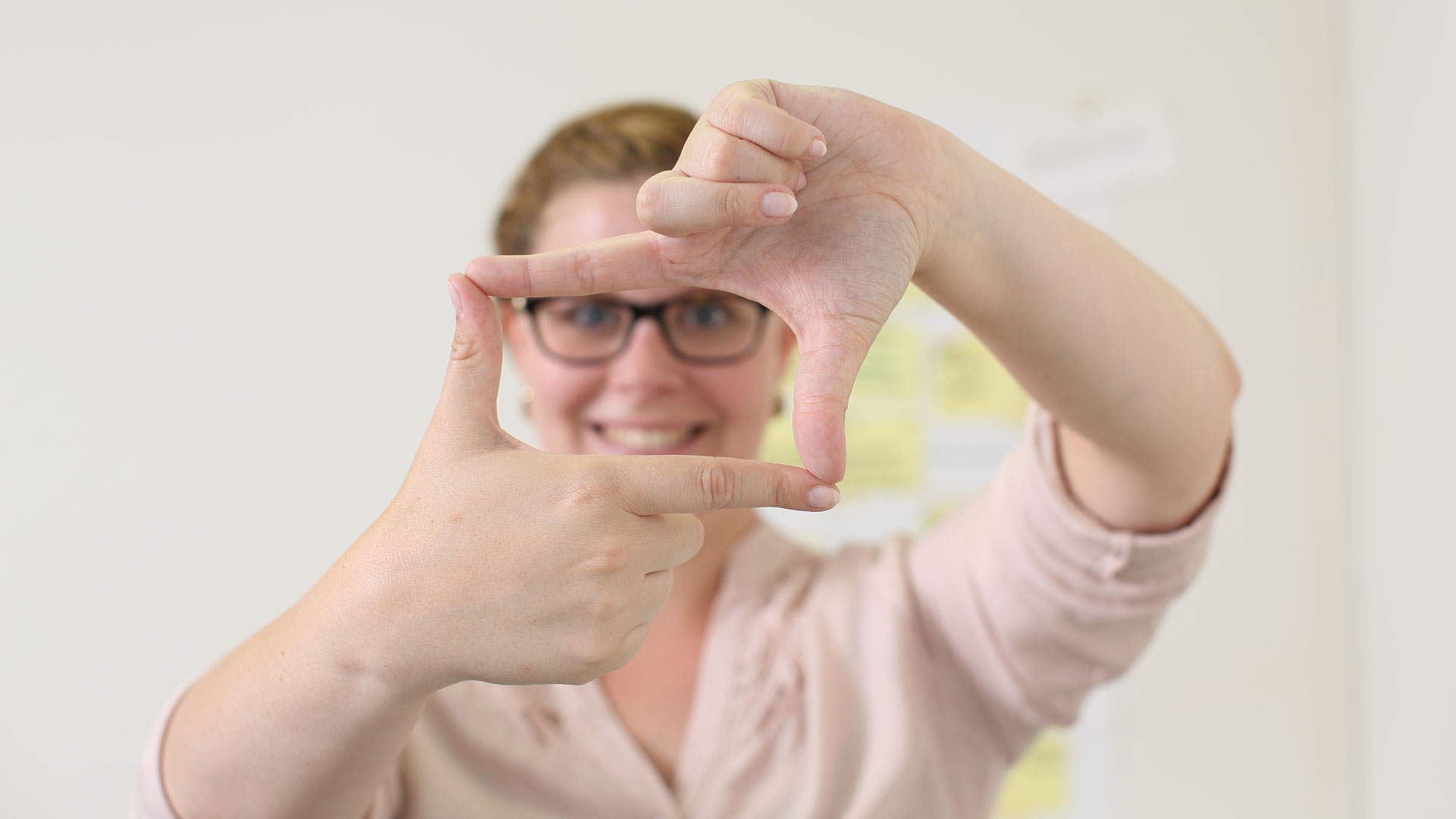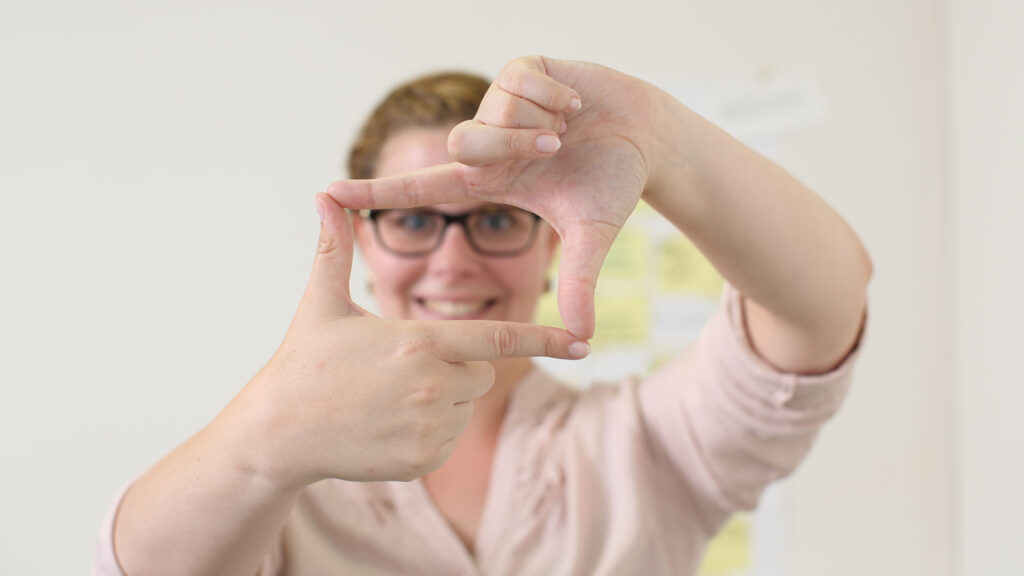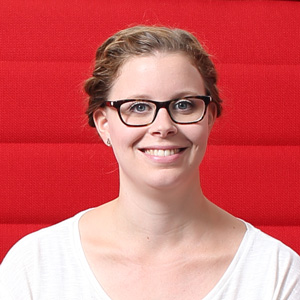Meisterplan has a new look – the new user interface (UI) is beautiful! Yay!
But to be honest, getting there was quite a challenge. We’re constantly hearing: “Features, Features, Features!” and none of us said: “Oh, actually we could make a new UI for Meisterplan”. So, a new user interface wasn’t really at the top of the list of changes we wanted to make to our Meisterplan product.
No, we now have the new UI because we were forced to. Forced by our Customer Journey. How can a UX design method do that? I’ll tell you.
Customer Journey Mapping
This UX method represents the customer experience of a person including his goals, actions, and emotions. It helps to empathize with the user, to understand his actions and motivations, but also moments of frustration. The frustrations are specifically used to determine what actions should be taken to improve the user experience.
It all started with Lean PPM™
Together with customers, partners, and researchers, our CEO Christoph Hirnle invented Lean PPM™. Lean PPM™ is a project portfolio management method that is so reduced to the basics that it works. The logical question for us then was, of course, what does the product actually have to do with this process so that our customers can successfully work with it?
To find that out, we’ve used a method called Customer Journey Mapping.
Of course, we’ve talked a lot with our users and PPM experts, and we’ve geared the features to those needs. But when we created a Customer Journey Map about a year ago, it was a novelty for us.
We knew that people with a variety of professions and industries use Meisterplan. So we had to decide which persona’s experience do we want to work on first? We decided to start with Simon Balder – our PMO manager. We are convinced that every company using Meisterplan has someone like Simon Balder. Although he doesn’t necessarily have “PMO” on his business card, he coordinates the portfolio.
The Customer Journey Map to Simon Balder was hard work and quite sobering. After many, many hours, we identified 13 phases that he goes through during the Lean PPM™ process. For these 13 phases, we discovered 31 frustrating moments, the so-called pain points. 31! You can imagine that this is not exactly motivating at first.
But why are there so many pain points for just one persona? The main reasons originated a few years back and are related to the beginnings of Meisterplan. After launching as a strategic and analytical add-on to other software, we soon realized that Meisterplan is much more than an add-on. The further development to make it a stand-alone solution followed piece by piece, without the basic structure of the application being adapted. So, a legacy UI.
Solve 31 Pain Points Using the Existing UI? No Way!
Once we finished our Customer Journey it was time to get to work! Because, of course, we wanted to minimize the pain points.
A challenging time began for me, which often drove me to the edge of exasperation. How should we transform the many pain points into features and integrate them into the existing UI? Like many other softwares, Meisterplan has grown over the years. If we did not know where to add a new feature, we ended up mostly choosing a context menu or the main menu. Because there was room for everything. The result was a mixed main menu, which therefore also rightfully earned the nickname burger menu. As with a burger with bread, lettuce, meat, and cheese, we found a lot of different functions in our menu, some of which belonged there more, some less.
My concern: if we solve 31 pain points still using the existing UI, Meisterplan will no longer make sense to any user. On top of that, we would be extremely embarrassed by it. (Because yes, we know that Meisterplan is not perfect, and we keep a list of the issues we want to fix.)
“Then, think about what Meisterplan should look like so the PMO manager can work well with the tool.” That was the answer from our product manager when I asked him about the problem.
This was followed by weeks in which I dedicated myself to the basics of Meisterplan. It was clear that the application had to be extendable for new features, and design principles should be applied to ensure consistency. After many iterations, frustration became hope, and then even enthusiasm – it works! Confirmation through usability tests and experts made it clear: bye bye burger menu!

The “New UI” Is Just the Beginning
The new UI is the basis for the future of Meisterplan. It is based on the design guidelines of lightness, clarity, and movement.
With the new basic setup including new navigation, we can now begin to solve Simon Balder’s pain points, as well as those of other personas.
Even though we did “only” work on the base, I’m still proud of it. Because it’s an extendable UI that’s ready for the future. And also, we followed a scout’s rule:
“Always leave a place better than when you entered it.”
All elements that we touched for the new UI have been improved for our users. Of course, we will continue to follow the scout’s rule in the future and continue to work on new and existing Meisterplan features. As a UX designer, I look forward to many improved and new features that will gradually create a better experience for our users.
Read Next



